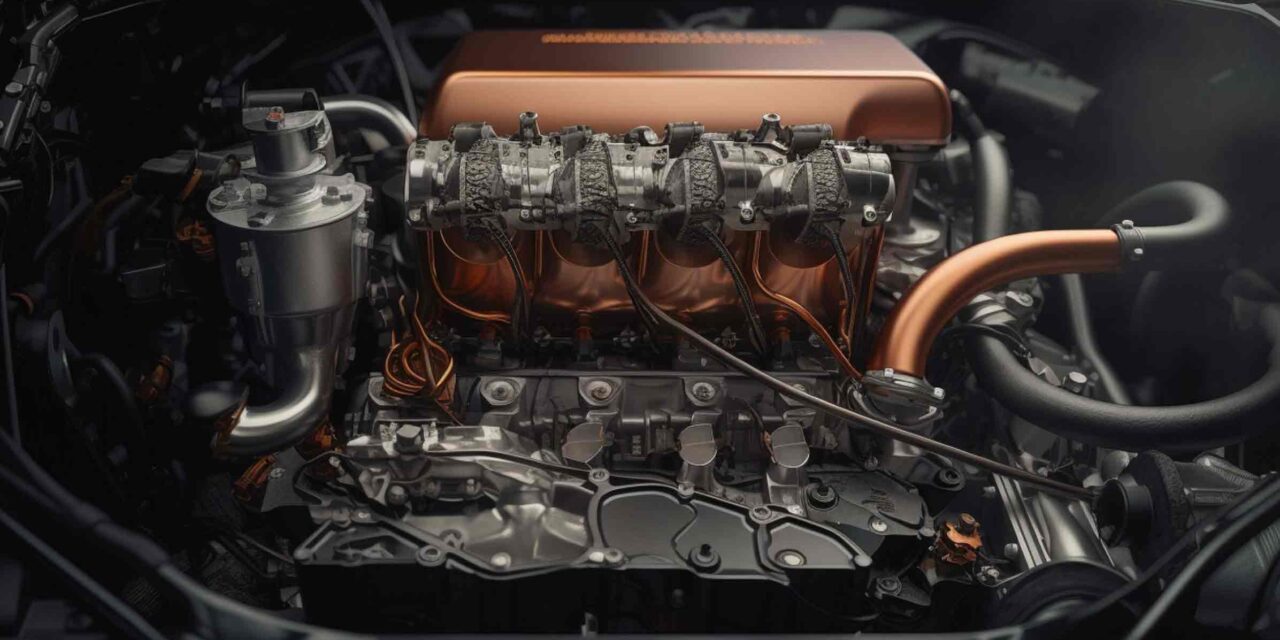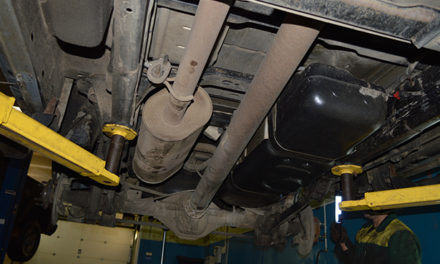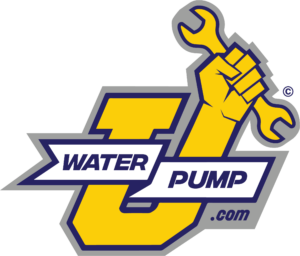Marine fuel delivery systems require the same amount of care that is given to automotive systems. Marine equipment can even be subject to more extreme conditions when the effects of salt water are taken into consideration. The maintenance needs are not extensive but must be performed to keep the engine, and your boat, running the way you want it to.
Fuel Delivery System Problems
Marine systems will encounter the same problems as any fuel system when it comes to old, stale fuel. Fuel in a boat’s tank can become stale in a little over one month. The complete fuel system should be drained if the boat is only operated seasonally. Fuel left in the lines will create varnish and gum.
The majority of problems when a marine system is first started for the season will come from varnish buildup. Before adjusting the carburetor, run clean fuel completely through the system.
If fuel starvation presents a problem, check the vent for whether or not the tank is open and clear. To test if the fuel vent is working properly, remove the fuel cap and run the engine for one or two minutes. With a built-in tank, open the fuel door.
Fuel Filters
Fuel filters will often be the source of problems with fuel delivery to the motor. Inline filters may be found between the carburetor or injection system and the fuel pump or the fuel tank and the pump. Always check all fuel filters and the fuel and water separator before assuming the pump has failed. If the system uses a screen filter, it can be removed and cleaned. However, replacement is normally a better choice.
Some marine fuel delivery systems will use a filter that is similar to an automotive oil filter. The filter is housed in a can assembly and spins into place. Another type of fuel filter may sometimes be located over the pick-up inside the tank. In addition, some models of fuel pumps will have an internal filter. This type of filter does not normally require replacement. However, it should be inspected before the pump is considered to be at fault.
If you suspect a problem with the fuel pump, a diagnostic tank can be used to evaluate the system. This portable marine fuel tank hooks up directly to the engine. The portable tank will have a fuel primer bulb that can be used to simulate your fuel pump. If the engine operates correctly when the fuel is pumped with the bulb, the fuel pump has failed.
As a safety note, marine engines that use fuel injection also use high-pressure fuel pumps. Any leaks in a high-pressure system can be very dangerous. Before every use, open the engine cover or remove the cowling. Turn the boat on to begin energizing the fuel pump. Perform an inspection for any leaks before starting the motor.






![[Vehicle Fitment]: Compatible with Buick Allure/LaCrosse 2005-2009 V6 3.8L, Lucerne 2006-2008 V6 3.8L; Compatible with Pontiac Grand Prix 2004-2008 V6 3.8L [Reference Number]: FJ706, 800-1694N, 8001694N, 28428452, FJ10575, MP-10661, MP10661, 12576414...](https://m.media-amazon.com/images/I/415LIfa6J4L._SL100_.jpg)

![[OE Auto Parts] - GM12613411 OE 2010-2014 fuel injectors sold by Pjvmvo are OE parts.We use VIN matching to ensure the integrity of our inventory and accuracy of product descriptions.Offer high quality, and long-lasting performance. [Fitment] - 2010-...](https://m.media-amazon.com/images/I/41KDDGCklQL._SL100_.jpg)


